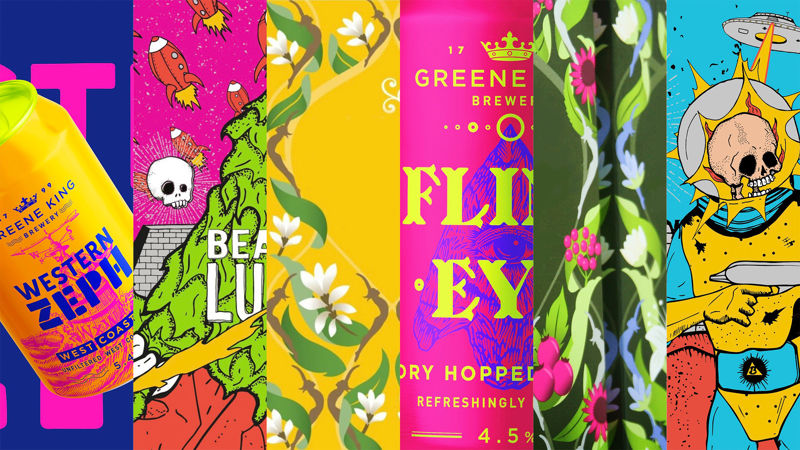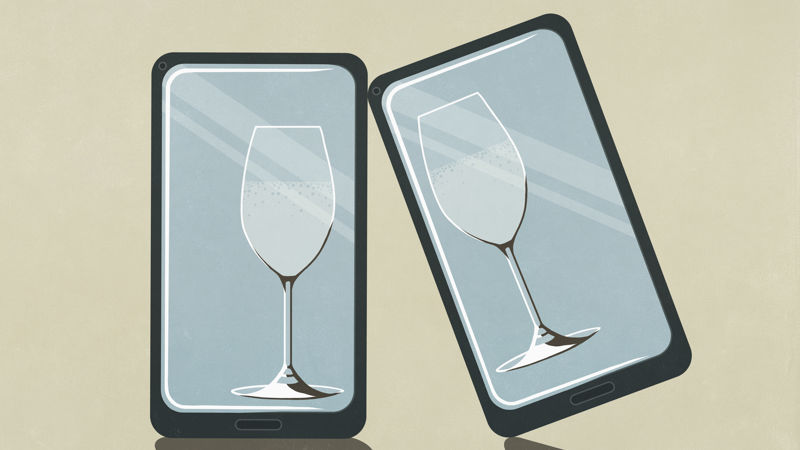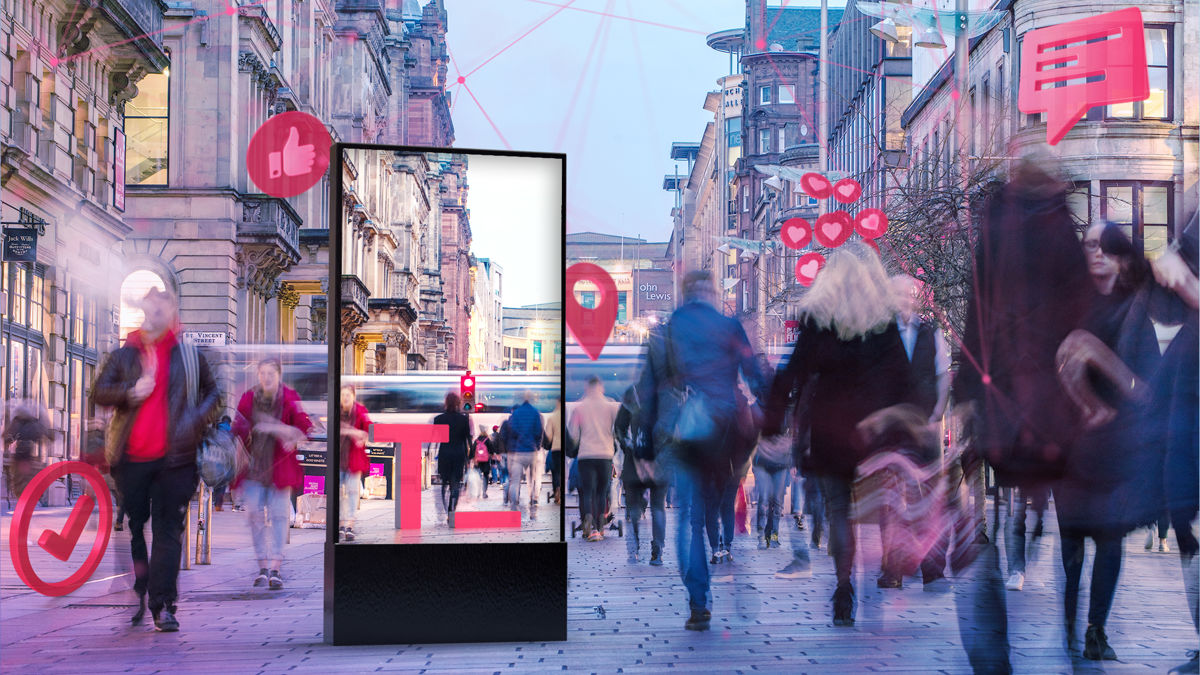What the high street tells us about brand experiences in 2023
High streets have faced tough times in recent years with changing consumer habits, not to mention a global pandemic. But, argues Dan Dawson, Chief Creative Officer at Grand Visual, part of Talon, the high street isn't dying, it's evolving, and brands need to embrace that evolution.
Our high streets are changing. Recent analysis from the BBC reveals how local shopping areas have transformed since the pandemic.
This sudden change in social context sparked novel consumer behaviours and we’ve since seen these behaviours stick. Many shoppers have moved to online stores and the high street has changed from a place where you only go to buy things to a place where you shop and do stuff. So, as some retail stores close, there has been a surge in openings for tattoo parlours, gyms, coffee shops and takeaways.
[The high street] isn’t dying, it’s evolving. Just as it always has.
Whilst some may call it the ‘death of the high street’, this isn’t the case. It isn’t dying, it’s evolving. Just as it always has.
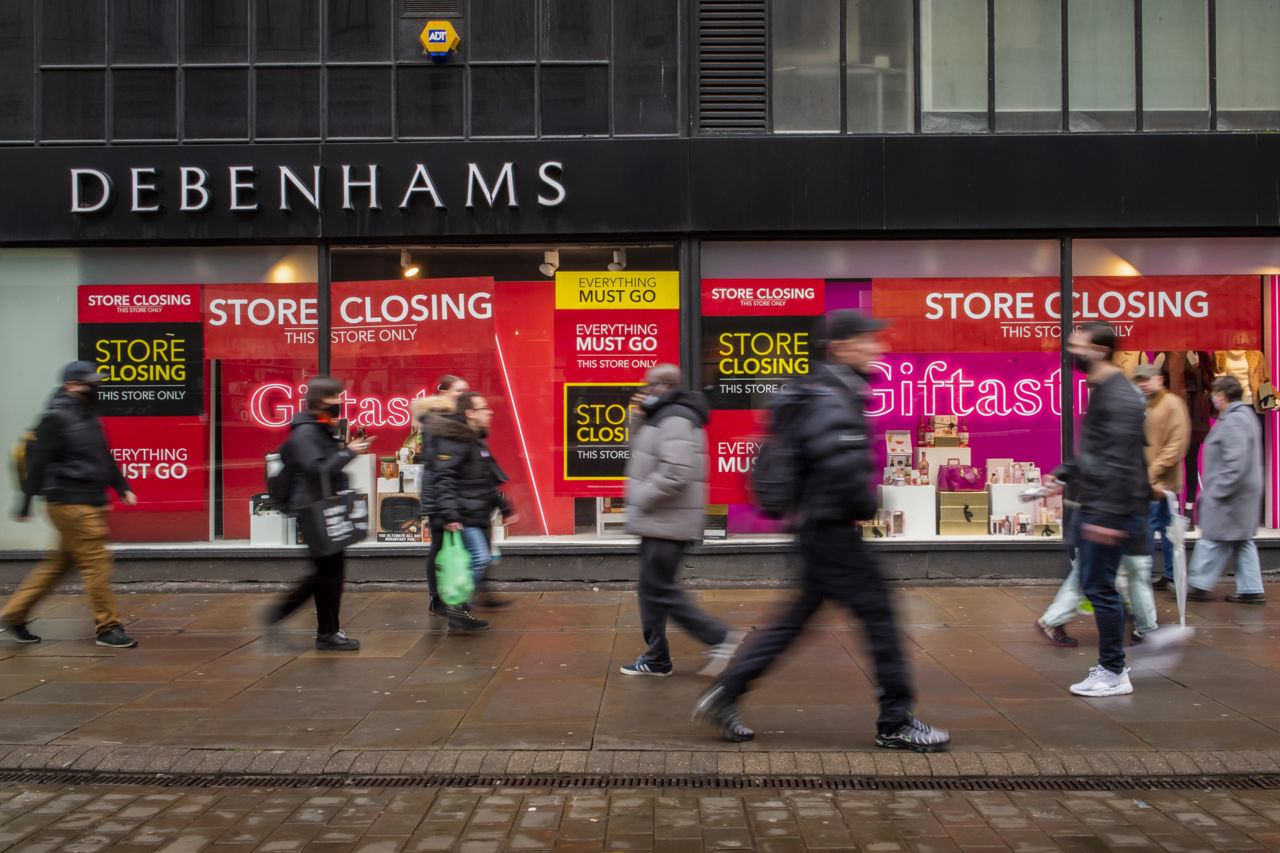
Above: The high street has faced tough times in recent years, but it isn't dying, it's evolving.
The high street as we know it today first emerged in the 1870s. Because of urbanisation, people no longer had the facilities to grow food themselves, and it was then that market stalls became shops, with fixed prices, customer service and home deliveries. However, it wasn’t until Edwardian times that the high street became the Mecca for retail therapy.
As we enter a new era, fresh opportunities emerge for brands to immerse themselves in experience. Especially through clever use of Out of Home.
As I recently discovered in my research into the high street, women in the suffragette movement wanted somewhere respectable to go in their free time and, as a result, tea shops and department stores opened. It was from this era that brands like Selfridges were born, which opened its doors in 1909. Now it’s evolving to reflect a new social context. And, as we enter a new era, fresh opportunities emerge for brands to immerse themselves in the experience. Especially through clever use of Out of Home (OOH).
The evolved brand personality
Brands love to be human, and for good reason. Being human empowers brands to tell their stories, share their history, build their own personalities and grow relationships. These relationships are always based on a memorable experience between a consumer and a brand. Remember back to the brands you picked for your Christmas food shop in December, and think of the relationship you’ve built with those brands over the last two, five or even 15 Christmases.
Christmas is a highly emotive time, but these emotional connections are forged all year round. We all make purchasing decisions based on memories and relationships on a daily basis. As advertisers, we harness and strengthen audience-brand relationships through our campaign work. We know that the bond between brands and audiences becomes stronger if the brand experience is memorable, rewarding or, in the social age, shareable.
This is where events play an important role. For brands, events are the physical space which humanises their brands. Porsche used a physical space to bring to life its The Soul Stories series, which invited Porsche drivers to tell their unique stories. The campaign featured individuals striving to break conventional barriers, and the OOH activation provided a space for consumers to connect with these stories and ignite passions.
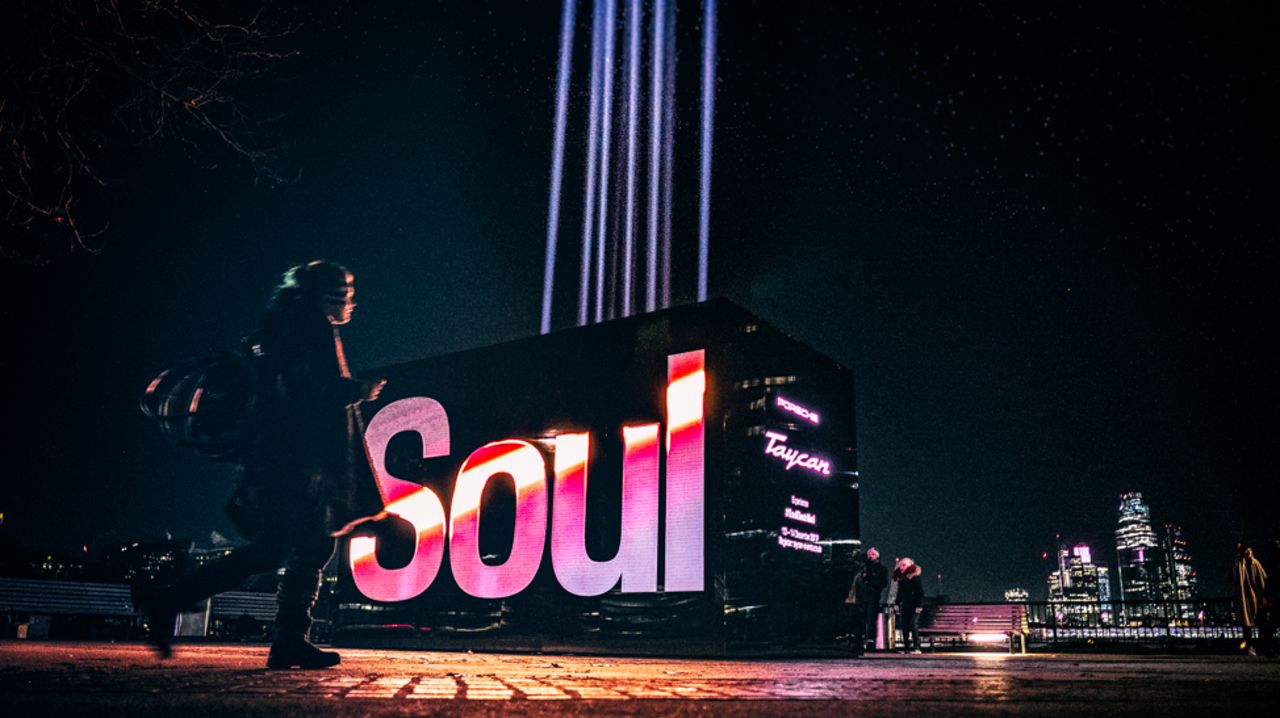
Above: Porsche used a physical space to bring to life its Soul Stories series.
Being real (again)
Experiential marketing isn’t just about putting products or services out there. It is about creating truly valuable experiences. After a few years of concerns around public gatherings, brands are now getting their products and services back in the hands of people through OOH spaces.
We, as humans, crave the ‘real’; authentic, tangible engagement that comes from physical interaction.
Post-Covid, we’re seeing brands adopting a more ‘human-centric’ approach to designing brand experiences, perhaps reflecting growing digital, tech and device fatigue. We, as humans, crave the ‘real’; authentic, tangible engagement that comes from physical interaction. Creating experiences grounded in real life is a trend that will never fade. McDonald's encapsulated this in its pioneering 'walk-thru' billboard. The activation brought McDonald’s product directly to the consumer at the first point of contact - eliminating the frustrating cravings often caused when consumers see a product in an ad.

Above: McDonald's 'walk-thru' billboard brought the product directly to the consumer at the first point of contact.
Computer says ‘go’
Tech still plays a pivotal role. The emergence of the metaverse is blurring the lines between virtual and reality, and the scope for brands to use these technologies is growing by the day. Augmented Reality (AR) and Virtual Reality (VR) make it easier for people to enter and engage with brands in simulated environments. There are a growing number of VR experiences mimicking the real world, such as travelling somewhere, visiting a remote location, event, fantasy or sporting fixture that people otherwise may not get to.
The emergence of the metaverse is blurring the lines between virtual and reality, and the scope for brands to use these technologies is growing by the day.
Edgar Dale’s Cone of Experience study in cognitive psychology in 1969 found that people will generally remember only 10% of what they read but up to 90% of what they experience. It remains to be seen how this stacks up in the 2020s for virtual experiences over physical ones. Smart technologies and wearables are becoming more frequently used as a layer in experiential projects. The data-tracking capabilities help measure activation engagement, and it’s clear to see how consumers are embracing their use on a daily basis.
The other major layer in any digital experience is social. Shareable experiences help audiences become brand advocates and spread the message further than the event itself. The use of user generated content (UGC) or brand curated UGC is a great way to amplify events and socialise the messages or output from an event.
Digital layers in an OOH experience can make them more unique, memorable or shareable. Consider London’s newest destination event space and its immersive screens, space and technology setup, The Outernet. A phenomenal space that can be utilised by brands looking for that omnichannel experience centred around a hero location.
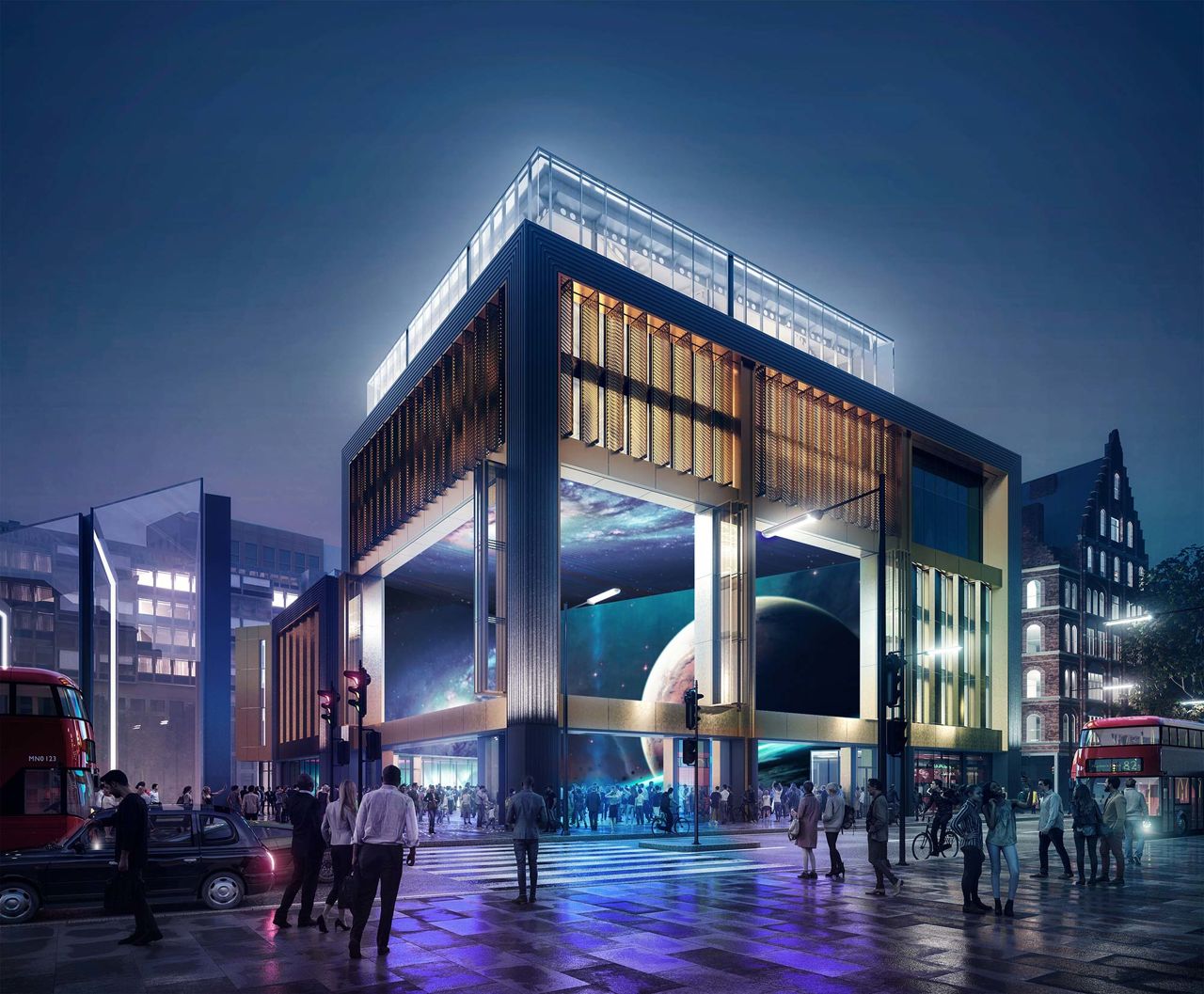
Above: London's newest event space, The Outernet.
Advocacy and sustainability
In the modern business landscape, brands are expected to be forces for social good. This is especially true with brands targeting Millennials and Gen Z audiences. This is likely going to put even more pressure on marketers in the future as they strive to create value, drive positive change and have their campaign message or experience deliver on all of that.
The high street isn’t changing in isolation. It’s evolving at pace with the rest of the world.
We’ll continue to see more sustainable builds, materials and sampling mechanics used in the years to come as society responds to climate change. OOH media has been shown to be one of the most environmentally sustainable advertising mediums around, and experiential activations in the space will continue to enhance that if implemented in the right way.
The high street isn’t changing in isolation. It’s evolving at pace with the rest of the world. And, as we travel further into 2023, brands and advertisers have an opportunity to leverage blossoming consumer behaviours and shape a new era of experiential advertising.
)
